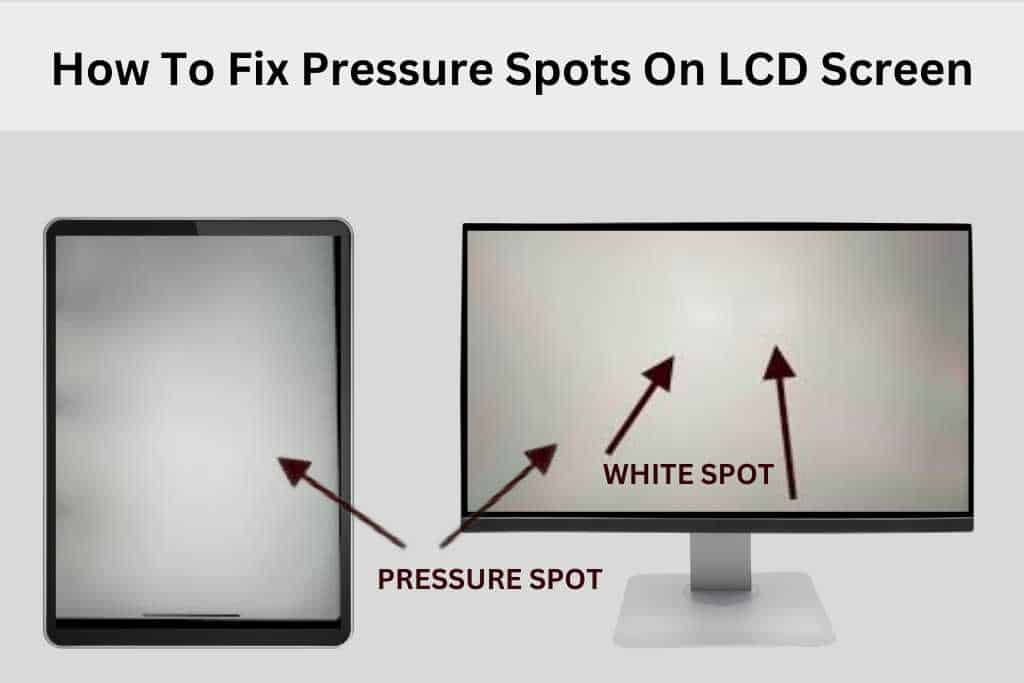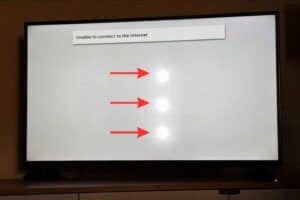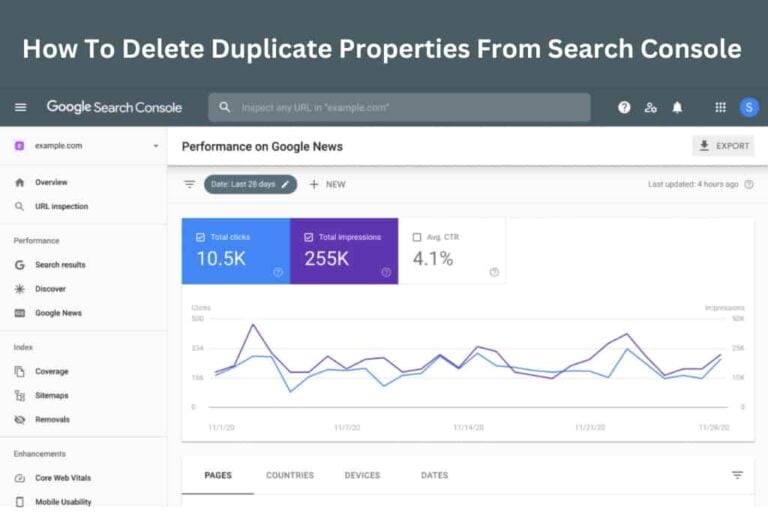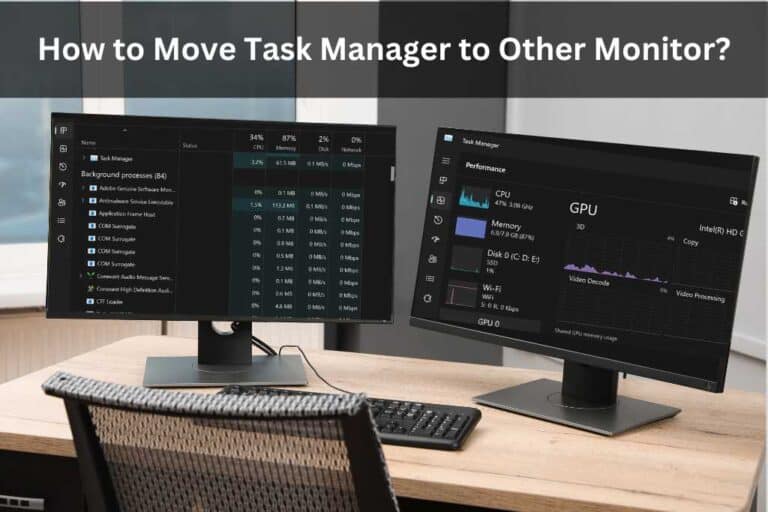How To Fix Pressure Spots On LCD Screen Best Way In 2023

How To Fix Pressure Spots On LCD Screen: Causes, Fixes, and Tips
Pressure spots on LCD screens can be a frustrating issue for users, causing discomfort and reducing the overall appeal of their displays. These spots can be in the form of circular, linear, cloud-like, smudge-like spots, or even dead pixels.
In this blog post, we will explore the causes behind pressure spots and offer effective solutions to fix them. We will also provide some tips to prevent pressure spots from occurring in the future.
In this article on “How to Fix Pressure Spots on an LCD Screen,” we will explore the causes of this issue and provide solutions to resolve it.
What are Pressure Spots And How to Fix Them?
Pressure spots, also known as pressure marks or pressure points, are areas on an LCD screen that exhibit discoloration or abnormalities due to physical pressure, temperature changes, humidity, or manufacturing defects.
 They can be caused by accidentally pressing too hard on the screen, exposing the device to extreme temperatures or moisture, or even originating from the manufacturing process itself.
They can be caused by accidentally pressing too hard on the screen, exposing the device to extreme temperatures or moisture, or even originating from the manufacturing process itself.
The appearance of pressure spots can vary depending on the nature of the pressure and the LCD screen’s sensitivity.
Some spots may be well-defined circles or lines, while others might resemble cloud-like or smudge-like shapes. Dead pixels, on the other hand, are individual pixels that do not function and appear as black dots on the screen.
Causes of Pressure Spots:
1. Physical Pressure:
Applying excessive force or pressure to the LCD screen, either intentionally or unintentionally, can lead to the formation of pressure spots. This can happen when cleaning the screen with a rough cloth or pressing down too hard while using a stylus.
2. Temperature Changes:
LCD screens are sensitive to temperature fluctuations. Rapid changes in temperature can cause the LCD panel to expand or contract, resulting in pressure spots. For example, leaving your device in a car on a hot summer day or exposing it to cold temperatures in winter can contribute to pressure spot formation.
Recommended Posts:
3. Humidity:
High humidity levels can also contribute to the development of pressure spots. Moisture can seep into the screen, leading to watermarks or cloud-like spots.
4. Manufacturing Defects:
In some cases, pressure spots may be present from the time of purchase due to manufacturing defects in the LCD panel. These defects can cause uneven pressure distribution, resulting in spots on the screen.
Fixing Pressure Spots:
There are several methods you can try to fix pressure spots on your LCD screen. However, it’s essential to handle the screen with care to avoid causing further damage.
1. Massaging the Screen:
Gently massaging the affected area with a soft, lint-free cloth can sometimes alleviate pressure spots caused by minor physical pressure or uneven distribution. Be cautious not to apply too much force, as it may lead to more significant issues.
2. Applying Heat:
Using a heat source, such as a hairdryer on low heat or a heating pad, can help in some cases. The heat encourages the LCD panel to expand and may aid in dispersing pressure spots. Again, be careful not to overheat the screen, as it can damage the LCD.
3. Using Rubbing Alcohol:
Dampen a microfiber cloth with rubbing alcohol and gently wipe the affected area. This method can be effective in removing smudge-like spots caused by dirt or oils. Make sure the cloth is not dripping wet, as excess liquid can seep into the screen and cause more damage.
4. Professional Repair:
If the pressure spots persist despite your attempts, it’s time to seek professional repair services. Experienced technicians can diagnose the issue accurately and use specialized tools to fix the problem. Avoid attempting complicated repairs yourself, as it may lead to irreparable damage.
Tips to Prevent Pressure Spots
Prevention is always better than cure when it comes to pressure spots on LCD screens. Here are some tips to help you minimize the risk of pressure spots:
1. Handle with Care:
Be gentle while using your device, especially when interacting with the screen. Avoid pressing too hard, and use a stylus or a soft, clean cloth for touch-screen interactions.
Recommended Posts:
2. Avoid Extreme Temperatures:
Try to avoid exposing your device to extreme temperatures. If you need to leave it in a car or another environment with significant temperature variations, place it in a protective case or bag to shield it from potential damage.
3. Keep the Screen Clean:
Regularly clean your LCD screen using a microfiber cloth to remove dust, dirt, and oils that can cause smudge-like spots. Avoid using harsh chemicals or rough materials that could damage the screen.
4. Use a Screen Protector:
Consider using a screen protector to add an extra layer of protection to your LCD screen. A good-quality screen protector can shield your device from scratches and minor pressure marks.
FAQs: How To Fix Pressure Spots On LCD Screen
1. Can I Fix Dead Pixels Myself?
Ans: Dead pixels are typically not fixable through user interventions. If your device has dead pixels, it’s best to contact the manufacturer or a professional repair service for assistance.
2. Is Massaging the Screen Safe for all Devices?
Ans: Massaging the screen can be safe for minor pressure spots on most devices, but it may not work in all cases. Always proceed with caution and stop if you notice any adverse effects.
3. How Do I Find a Reliable Repair Service?
Ans: Look for authorized repair centers or service providers recommended by the device manufacturer. Check reviews and testimonials to ensure you’re choosing a reliable service.
Conclusion
Pressure spots on LCD screens can be bothersome, but with the right approach, they can often be resolved or minimized. By understanding the causes of pressure spots and applying appropriate fixes, you can restore your LCD screen’s appearance and enjoy a comfortable viewing experience.
Remember to handle your device with care, keep it clean, and seek professional help if necessary. With proper maintenance and prevention, you can keep pressure spots at bay and ensure a clear and vibrant display for years to come.
We appreciate you taking the time to read our article on “How To Fix Pressure Spots On LCD Screen”. Thank you for being an attentive reader and we hope that you found the information helpful.








